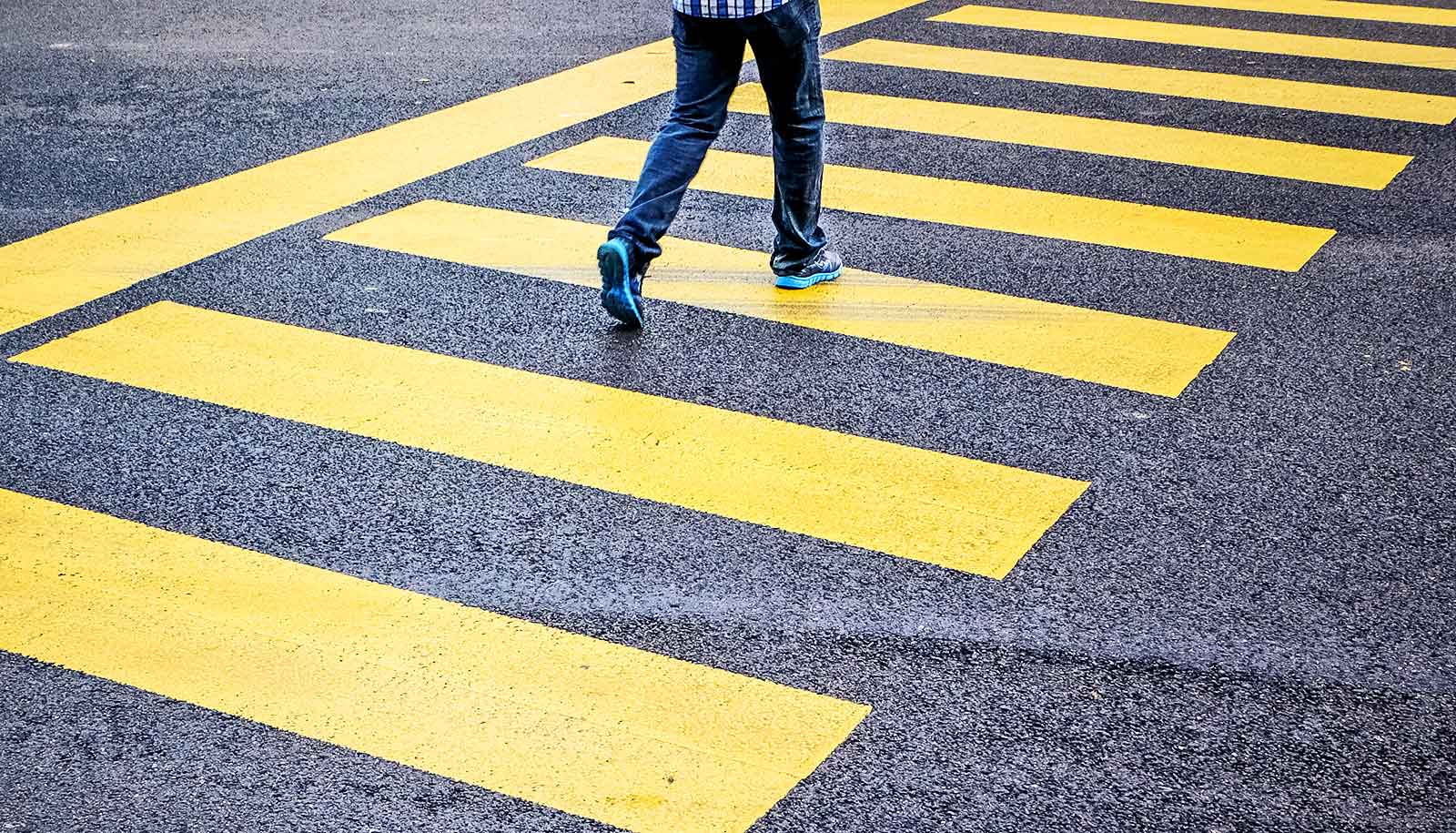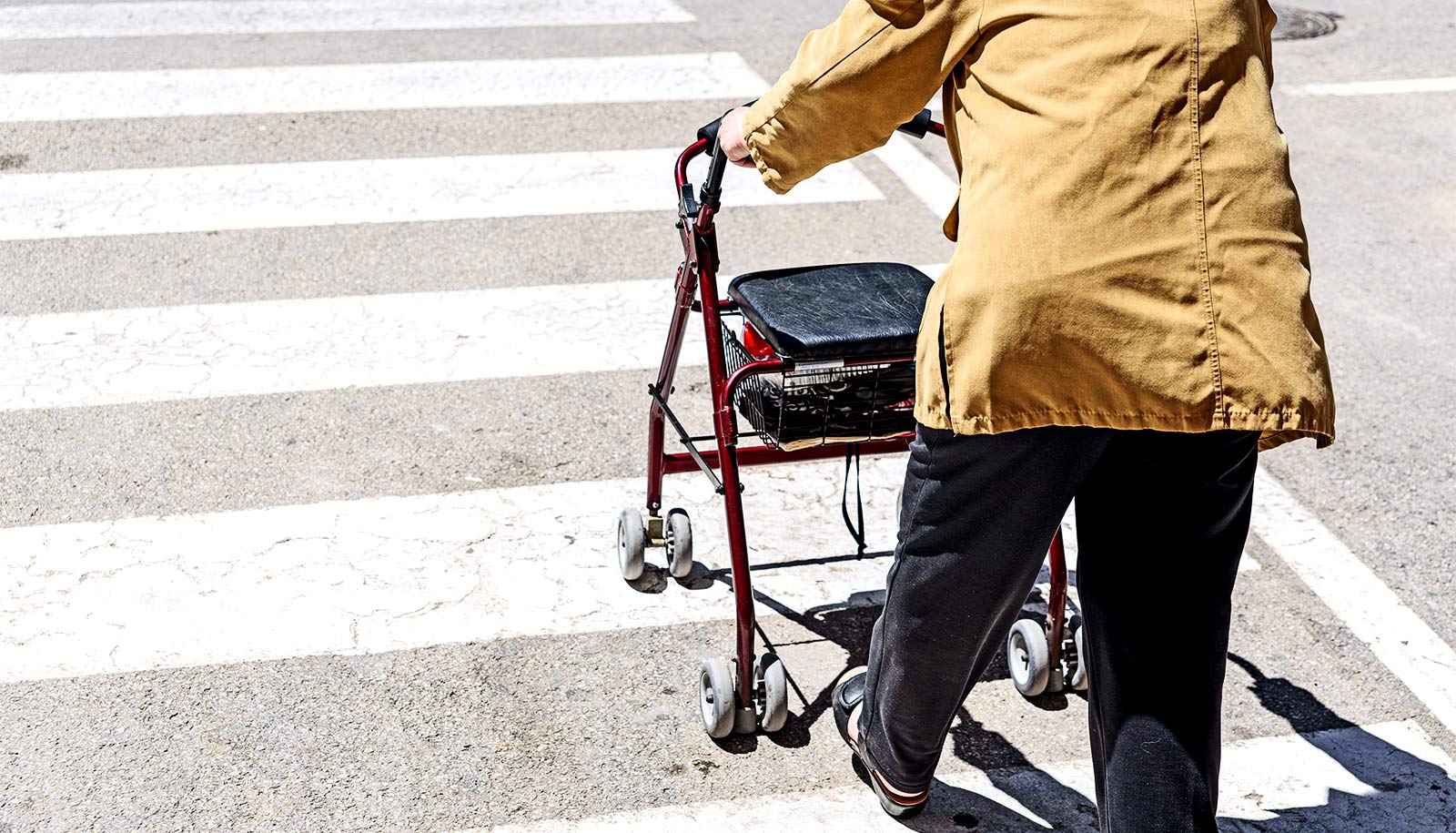More than a quarter of adults age 25 and older in the United States experience transportation insecurity.
That means they are unable to move from place to place in a safe or timely manner.
The Transportation Security Index, a measure of transportation insecurity offers new insights into the experience of this form of material hardship.
The experience of transportation insecurity as reported on a 2018 nationally representative survey is closely linked to income level, the researchers say. More than half of people living below the poverty line experience transportation insecurity, which is higher than the rate of food insecurity among people in poverty.
The latest research found transportation insecurity is more common among Black adults (33%) and Hispanic adults (29%) than white adults (19%). Residents of urban areas (39%) are more likely to experience it compared to suburban (22%) and rural (13%) residents, and rates are higher among people who do not own a car (42%) than car owners (18%).
“Transportation security is an essential element of economic mobility, individual well-being, and understanding how to address poverty,” says Alexandra Murphy, assistant professor of sociology at the University of Michigan.
“If people don’t have the ability to move from place to place, they’re going to struggle to get to work, health care appointments, school, grocery stores, and social services. They will also find it challenging to stay connected to important sources of social support, including friends and family.”
Murphy co-led the research team that developed the Transportation Security Index. Modeled after the Food Security Index, the Transportation Security Index includes a validated 16-question survey focused on the symptoms of transportation insecurity, like taking a long time to plan everyday trips, rescheduling appointments, or worrying about inconveniencing acquaintances for help with transportation.
The survey questions were informed by the researchers’ extensive qualitative research, which included interviews with 187 people with low incomes in urban, suburban, and rural areas in the Midwest.
The survey asks how often people experience various symptoms of transportation security and assigns a transportation security score based on their responses. Transportation security scores are divided into five levels of transportation insecurity: no insecurity, marginal insecurity, low insecurity, moderate insecurity, and high insecurity.
“By focusing on symptoms of transportation insecurity, the Transportation Security Index spares urban planners, government officials, social scientists, and transportation experts from attempting the impossible task of cataloging every possible variable—from bus schedules to gas prices—that influences transportation insecurity,” says co-lead author Alix Gould-Werth, director of Family Economic Security Policy at the Washington Center for Equitable Growth.
“The index offers new insights into who is experiencing transportation insecurity and the severity of the experience.”
Researchers validated the index against a nationally representative sample, which supported the Transportation Security Index as a useful way to measure a range of experiences of transportation insecurity. The findings appear in Socius, and were previously in the journal Survey Practice.
The National Science Foundation, Stanford University, and the University of Michigan funded the work.
Source: Lauren Slagter for University of Michigan


